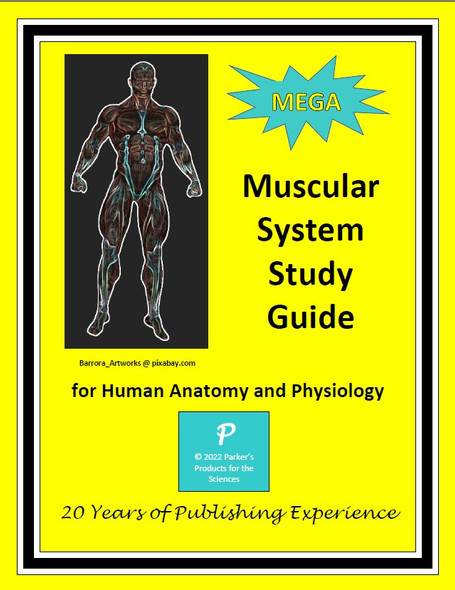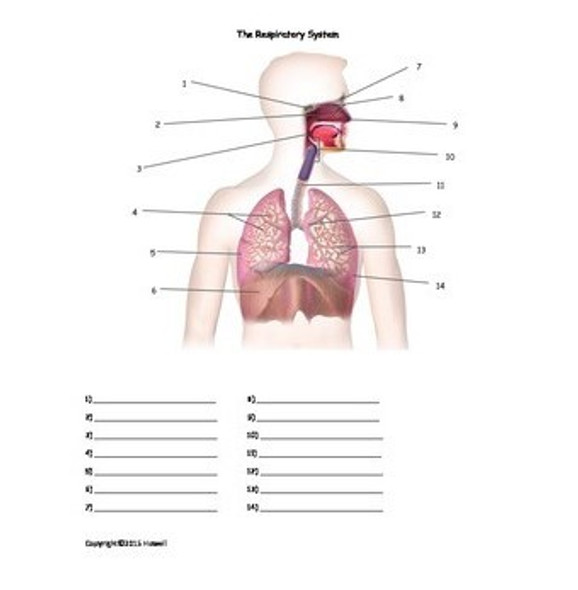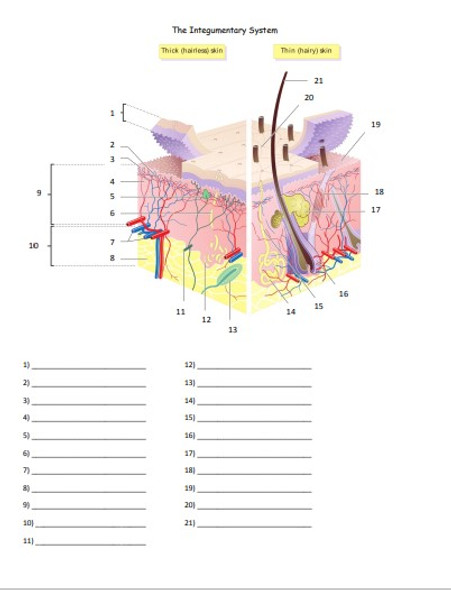They say that necessity is the mother of invention and this is the exact reason I created this unit. Medical-based case studies are the number one request I receive from teachers and I can understand why. It’s unique in that it demands high level thinking skills like application, analysis, synthesis and evaluation. The problem, however, is that there aren’t many available at the high school level. I hope that this unit works perfectly in your classroom! Be sure and read through the description and check out the thumbnails to see exactly what is included!
What the unit comes with:
•3 case studies for each body system (11 systems, 33 case studies total) as a PDF
•Answer keys for each of these case studies as a PDF (in same document as case studies)
•Video instructions for each system talking you through each case study (see last page for links to these YouTube videos)
•A list of possible conditions for each system as a PowerPoint or Google Slide (see last page for link to the Google Slide)
•A worksheet listing each condition as a PDF (for students to research and complete before the case study)
Answer key for the worksheet as a PDF
Digestive, Respiratory, Immune/Lymphatic, Integumentary, Muscular, Circulatory, Skeletal, Nervous, Endocrine, Urinary/Renal, Reproductive
The best part of case studies is that they force students to use those high level thinking skills to determine the diagnosis. However, if they stop there, I feel like they miss out on getting a deeper understanding of the disease/condition and how it relates to anatomy and physiology. That is why I created these case studies to include both an opportunity to guess the diagnosis, along with follow-up questions to dive a little deeper. In my opinion, this is the best way to make sure they are flexing those investigating skills as well as getting a greater understanding of the topic.
There are several ways to present the case studies, ranging from hard to easy. Here are a few suggestions:
THE HARDEST: Give the students the Patient Assessment sheet and have them determine the diagnosis without the listof possible conditions. You can make it easier by telling them the body system that is related, or just have them determine it without. Once they have come to a conclusion, they present the guess to you. If they are correct, they are given the follow up questions to complete.
THE MIDDLE DIFFICULTY: Give the students the Possible Diseases and Disorders worksheet for the body system you are covering. Have them define and write general signs and symptoms for each. Then, they can use this for the case studies as a tool to start the research on determining the diagnosis. This will narrow the field of possible diagnoses as well as introduce them to more diseases and disorders for that body system. It’s kind of a win-win scenario. Once they have come to a conclusion, they will receive the follow-up questions.
THE EASIEST: If you simply want students to have a deeper understanding of a particular disease or condition, give them both the case study and questions at the same time. This is obviously the quicker method and can be good for when you just want them to learn a little about a disease as well as be exposed to medical terminology and materials.
These are just a few of the options for presenting the case studies. The goal was to make it work for different classroom scenarios. You could also allow for groups or partner work. This is a great way to include collaboration.
If you have additional questions, feel free to reach out!





















